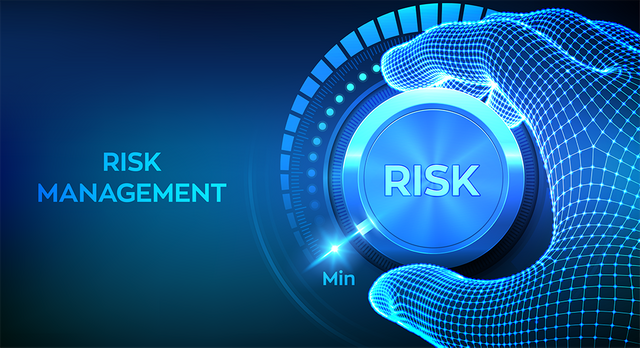
Risk management
Risk management is the process of identifying, assessing, and prioritizing potential risks and developing strategies to minimize or mitigate them. The goal of risk management is to reduce the likelihood and severity of negative outcomes, while also maximizing opportunities for positive outcomes.
There are several steps involved in the risk management process, including:
Risk identification: Identifying potential risks that could affect a project or organization, such as financial risks, operational risks, or reputational risks.
Risk assessment: Assessing the likelihood and potential impact of each identified risk.
Risk prioritization: Prioritizing risks based on their likelihood and potential impact.
Risk mitigation: Developing strategies to reduce the likelihood or impact of identified risks, such as implementing controls or contingency plans.
Risk monitoring: Continuously monitoring and reviewing risks to ensure that the risk management strategies are effective and identifying new risks that may emerge.
Effective risk management is important for organizations to minimize the impact of potential risks and maintain their reputation, financial stability, and operational efficiency.